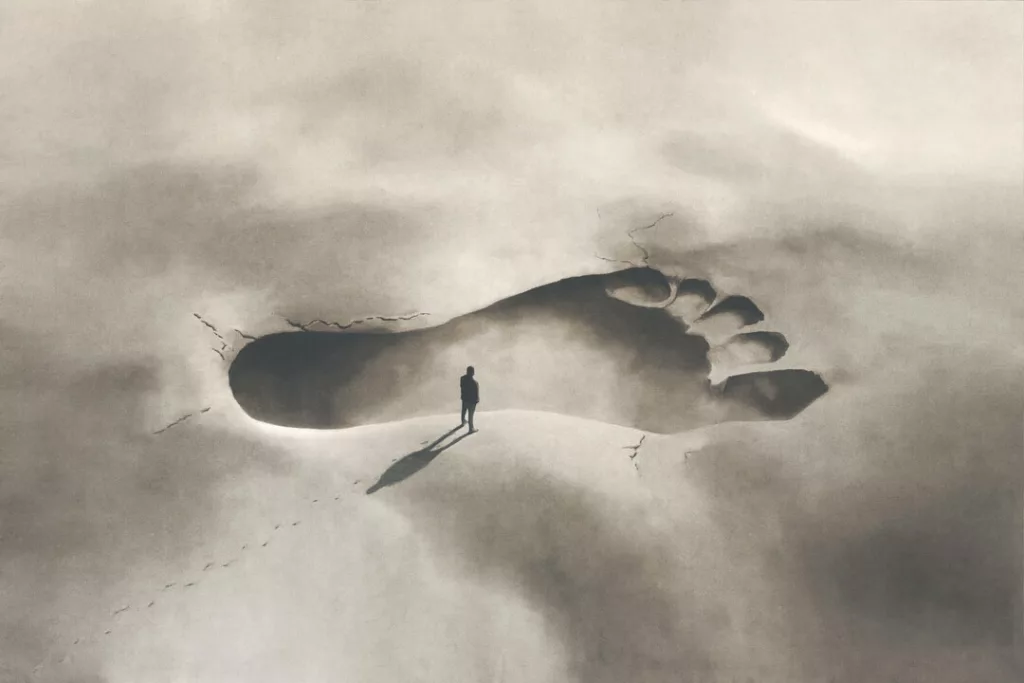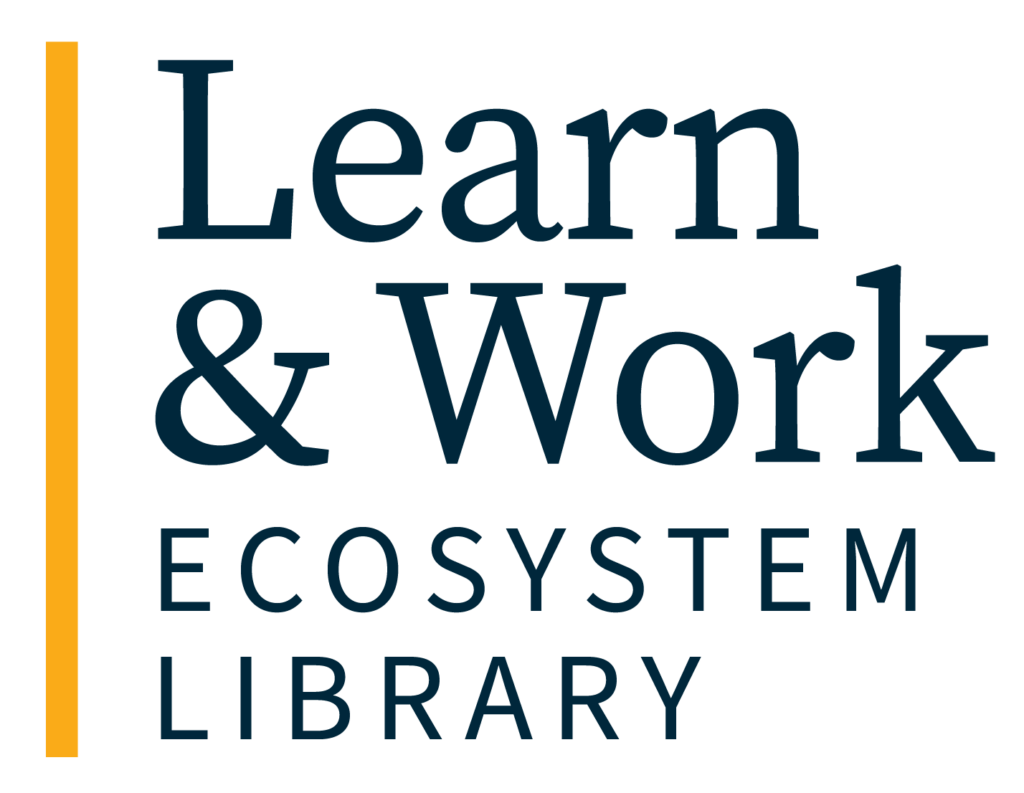Originally posted on the Learn & Work Ecosystem Library Linkedin page.
Most children know how to play Giant Steps—the backyard game in which the leader calls on players to advance in a given number and variety of steps. Players naturally hope to get the call to move in giant steps. Because that’s the fastest way to win.
The Learn & Work Ecosystem Library is taking giant steps too—working as quickly as possible to build a digital, wiki model library that collects, curates, and coordinates the resources that can bring clarity to the nation’s rapidly evolving learn-and-work ecosystem. Our work is taking place at a time of unprecedented dynamism—a time marked by the proliferation of AI bots, new formats in journalism, and constant demands for credible, interconnected, real-time information.
The Library is definitely in the game—and two of our recent giant steps are worth noting.
First, AI Library Assistant bot went live. Though still being trained, Library-bot is already able to synthesize the growing amount of content at the library to help explain the ecosystem’s many varied aspects. To augment the Library’s keyword search function, Library-bot can handle conversational queries. And users can continue to request information until they receive what is helpful. If the bot can’t deliver, we want to know, so we can improve this ability. We’ve even assigned the bot a visual icon: an ampersand wearing a headset. It says: While listening (through the headset) to an immense and growing trove of information, we’re also connecting (the “and” symbol) you to that information—and to other sources.

The second giant step: Special Projects: User Groups. Since the launch of the Library, our National Advisory Boardhas advised us to test whether and how the Library can be used by stakeholder groups.
Our Special Projects: User Group webpage provides links to trial projects involving five different user groups:
- A faculty member at Florida State University is testing the Library with 27 graduate students in a Program Evaluation course this summer, working to see if the Library can serve as an instructional tool.
- A journalist is developing a guidebook to show other journalists how they can use the Library to help them find credible sources and better understand the relationships among various efforts working to the many components of the learn-and-work ecosystem.
- The American Association of Collegiate Registrars and Admissions Officers (AACRAO) is leading two trial efforts. One seeks to use the Library as an information-sharing platform for the Credential Futures Consortium, a group of more than 50 organizations working in credentialing innovation. In the other, AACRAO seeks to use the Library to house resources for its national LER Accelerator Initiative, an effort by 12 major organizations to boost the use and acceptance of learning and employment records in higher education.
- A Request for Participation (RFP) is available to invite various stakeholders to propose projects to test components of the Library.
As we take these steps forward, we reflect continuously on our progress. What lessons have we learned? How can these lessons help us advance even more quickly?
Two recent lessons are compelling.
Lesson #1: The true change accelerator for everyone in the learn-and-work ecosystem is collaboration. Teamwork boosts progress, which is why an increasing number of collaborative projects are sharing resources and working to improve the learn-and-work ecosystem. But sharing information—both among partners and with the field—can be an immense challenge. Does a collaborative project funded by a foundation for say, 14 months, develop its own website and do all the work to collect and share its information? Does one partner organization put the information at its own website, where it might be seen to compete with other sites? And what if that organization—a fee-for-membership organization, for example—has a paywall at its website?
Through the Special Projects: User Groups effort, we’re testing to see whether the Library can house collaborative projects. The goal is to keep information open and accessible to project members and the field— including foundations, researchers, and others.
Lesson #2: Mapping relationships will be key to working effectively in the learn-and-work ecosystem. In addition to providing glossary terms, topic descriptions, and descriptions of the ecosystem’s key components, the Library has always sought to show relationships among initiatives (special projects), and the organizations doing the work. Going forward, the Library-bot will help us create good relational maps, but there is already a steep learning curve. We’re working with user groups to map their various relationships—even those they’re likely unaware of, which can be numerous. That’s one thing we see as a major value-add of the Library: It can help connect work that individuals may not be aware of or see as related.
Soon we hope, when users search the Library for an initiative or a topic, a relational map will crop up to show connections among the many components at the Library.
Let’s call that our next giant step. Until then, one last note from the backyard playing field:
When we asked our AI bot “Who are you?” it answered: “I’m the Librarian.”
“No,” we told it, “you’re the Library assistant.”
We can’t play this game without the bots; too many giant steps are needed. But we must lead the game.
And we need more players, more teammates. Join us to make sure we have good information and can keep improving the Library.
By Holly Zanville, Founder/Lead of Learn & Work Ecosystem Library; co-lead, Credential As You Go; research professor, George Washington University


